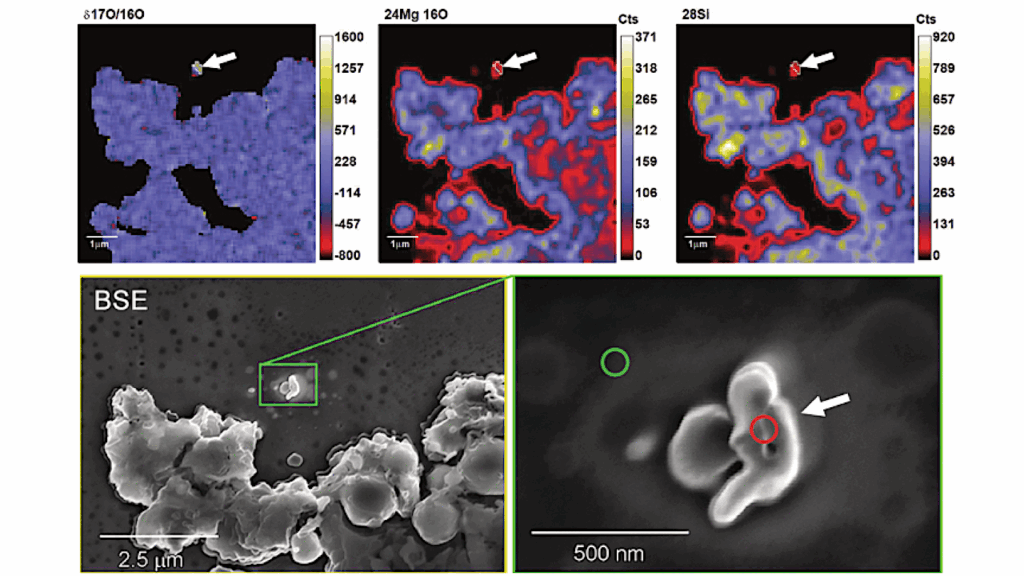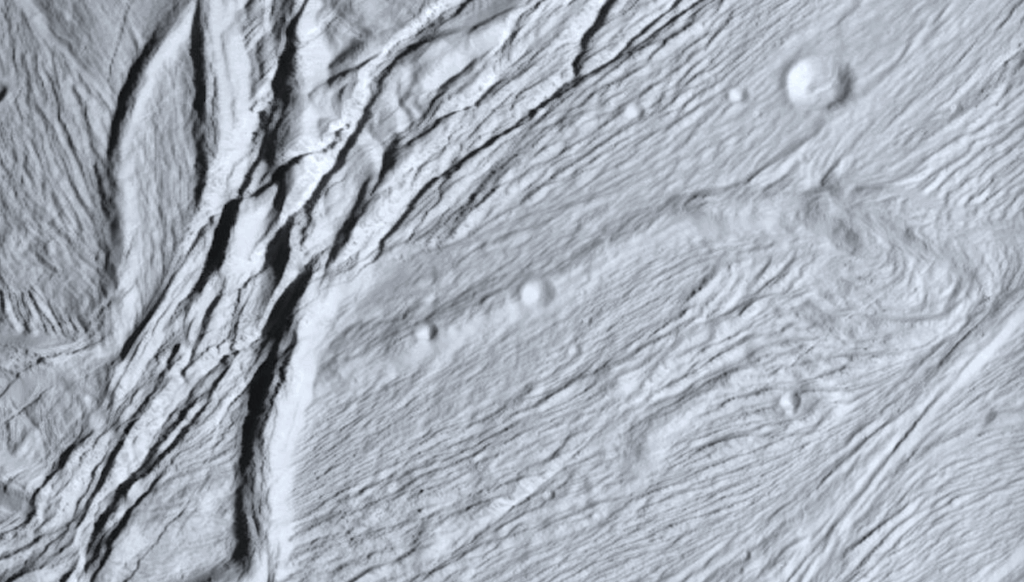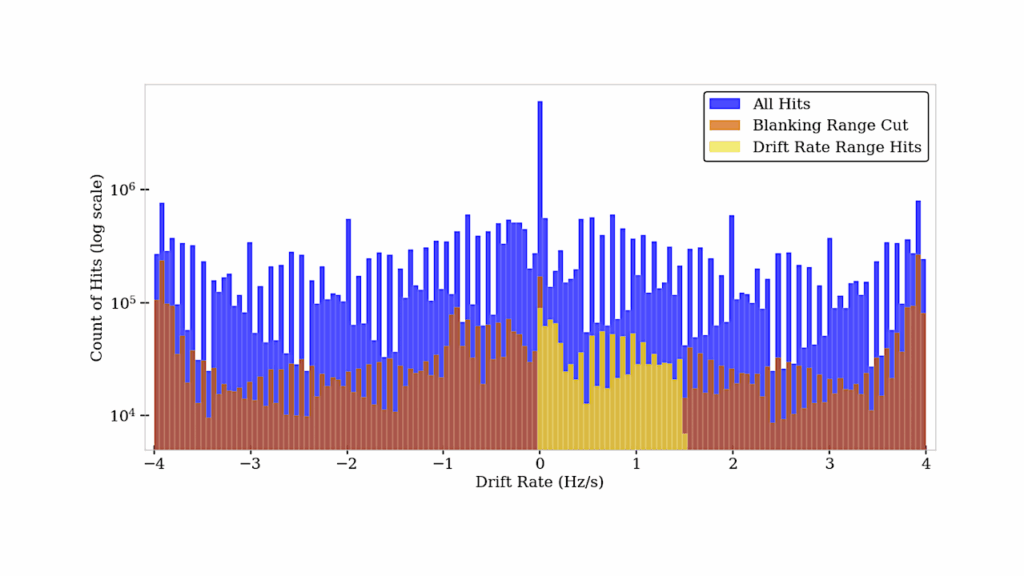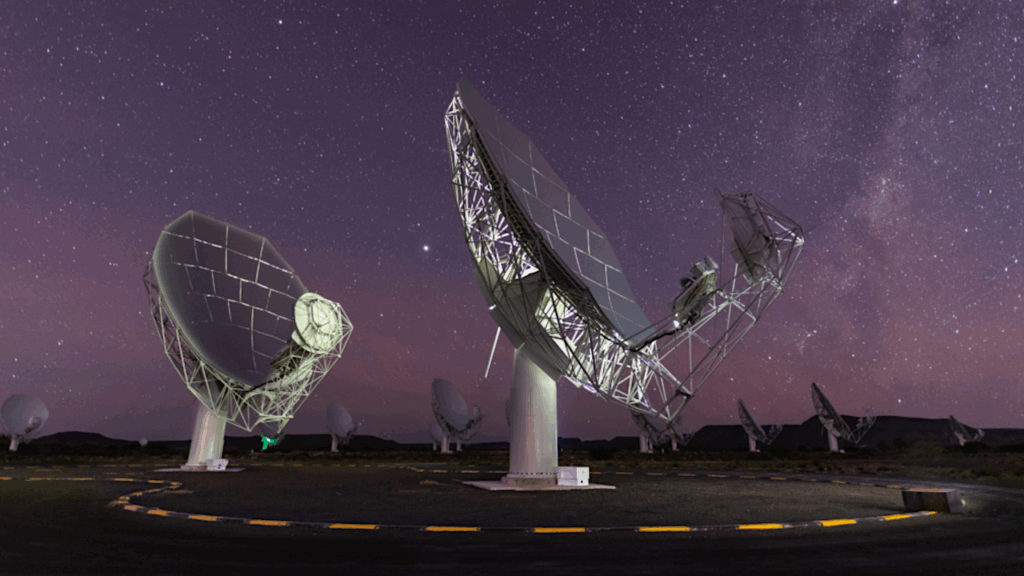Parsec Scales Of Carbon Chain And Complex Organic Molecules In AFGL 2591 And IRAS 20126
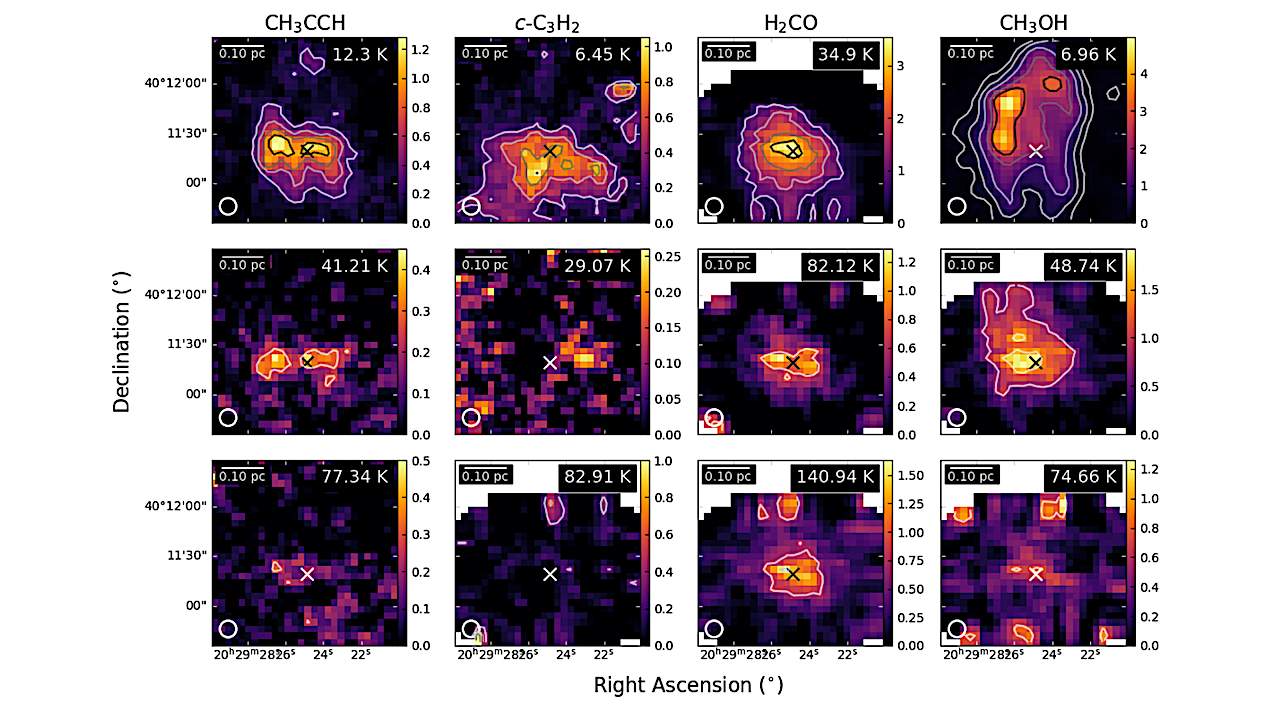
(Abridged) There is a diverse chemical inventory in protostellar regions leading to the classification of extreme types of systems. Warm carbon chain chemistry sources, for one, are the warm and dense regions near a protostar containing unsaturated carbon chain molecules.
Since the presentation of this definition in 2008, there is a growing field to detect and characterise these sources. The details are lesser known in relation to hot cores and in high-mass star-forming regions — regions of great importance in galactic evolution. To investigate the prevalence of carbon chain species and their environment in high-mass star-forming regions, we have conducted targeted spectral surveys of two sources in the direction of Cygnus X — AFGL 2591 and IRAS 20126+4104 — with the Green Bank Telescope and the IRAM 30m Telescope.
We have constructed a Local Thermodynamic Equilibrium (LTE) model using the observed molecular spectra to determine the physical environment in which these molecules originate. We map both the observed spatial distribution and the physical parameters found from the LTE model. We also determine the formation routes of these molecules in each source using the three-phase NAUTILUS chemical evolution code. We detect several lines of propyne, CH3CCH, and cyclopropenylidene, c-C3H2 as tracers of carbon chain chemistry, as well as several lines of formaldehyde, H2CO, and methanol, CH3OH, as a precursor and a tracer of complex organic molecule chemistry, respectively.
We find excitation temperatures of 20-30 K for the carbon chains and 8-85 K for the complex organics. The CH3CCH abundances are reproduced by a warm-up model, consistent with warm carbon chain chemistry, while the observed CH3OH abundances require a shock mechanism sputtering the molecules into the gas phase.
P. Freeman, S. Bottinelli, R. Plume, E. Caux, C. Monaghan, B. Mookerjea
Comments: 26 pages, 22 figures, 6 tables, accepted in A&A
Subjects: Astrophysics of Galaxies (astro-ph.GA); Solar and Stellar Astrophysics (astro-ph.SR)
Cite as: arXiv:2308.09584 [astro-ph.GA] (or arXiv:2308.09584v1 [astro-ph.GA] for this version)
https://doi.org/10.48550/arXiv.2308.09584
Focus to learn more
Submission history
From: Pamela Freeman
[v1] Fri, 18 Aug 2023 14:23:44 UTC (3,245 KB)
https://arxiv.org/abs/2308.09584
Astrobiology, Astrochemistry,


